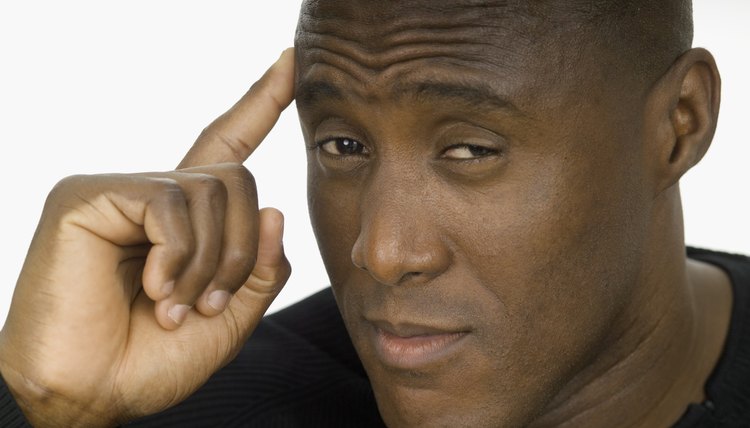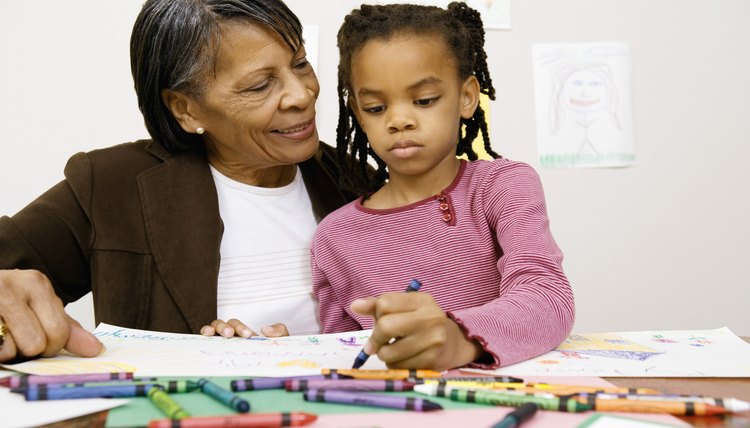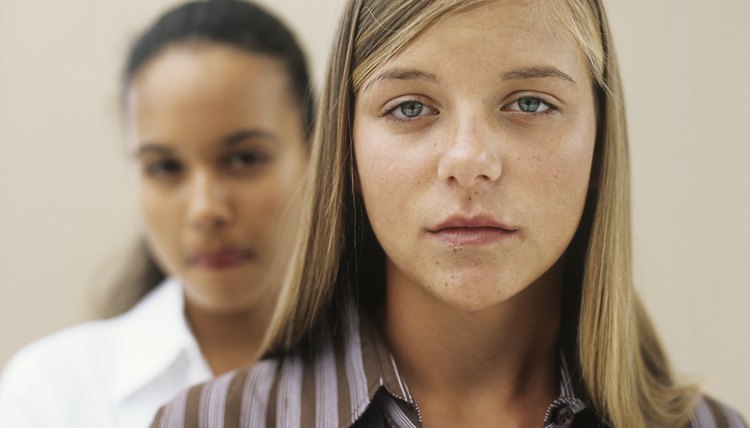What Does the Right Frontal Lobe of the Brain Do?

The frontal lobe of the brain is considered to be the center of personality and emotional functioning. There is considerable overlap in the functions of the right and left frontal lobes of the brain. Both lobes are involved in motor behavior, problem solving, memory, judgment, decision making, sexual behavior, social behavior, emotional behavior and impulse control.
Lateralization of Function

Medioimages/Photodisc/Photodisc/Getty Images
Historically, beginning with Pierre Paul Broca’s observation in 1861 that the left hemisphere of the brain is chiefly responsible for language and linguistic behavior, it has been thought that the left and right lobes are asymmetric and may specialize in functioning. Contemporary research demonstrates that both hemispheres are intricately involved in both language and emotions, but there may be subtle lateralization of function that takes place.
Emotional Functioning

Medioimages/Photodisc/Photodisc/Getty Images
The right and left frontal lobes may specialize in different aspects of emotional functioning. Lesions to the right frontal lobe often lead to apathy and indifference to failure, in contrast with left hemisphere lesions, which are associated with increases in anxiety.
Non-Verbal Communication

Medioimages/Photodisc/Photodisc/Getty Images
The right lobe may be more involved in non-verbal aspects of communication. For example, the right lobe is implicated in recognition of positive and negative emotions in facial expressions.
Auditory Stimulus Interpretation

Medioimages/Photodisc/Photodisc/Getty Images
The right lobe may also be involved in use of auditory cues such as intonation and inflection in the interpretation of emotional valences of sadness, fear, anger, and so forth.
Negative Emotions

Medioimages/Photodisc/Photodisc/Getty Images
The right frontal lobe is more active than the left during negative emotions, and the left hemisphere is more active during positive emotions.
References
- Cerebromente.org.br: The Lateralization of Emotion
- Pirau L, Lui F. Frontal lobe syndrome. In: StatPearls. Updated March 13, 2020.
- Olney NT, Spina S, Miller BL. Frontotemporal dementia. Neurol Clin. 2017;35(2):339-74. doi:10.1016/j.ncl.2017.01.008
- Korczyn AD, Vakhapova V, Grinberg LT. Vascular dementia. J Neurol Sci. 2012;322(1-2):2-10. doi:10.1016/j.jns.2012.03.027
- Li L, Liu J. The effect of pediatric traumatic brain injury on behavioral outcomes: a systematic review. Dev Med Child Neurol. 2013;55(1):37‐45. doi:10.1111/j.1469-8749.2012.04414.x
- Beynon R, Sterne JA, Wilcock G, et al. Is MRI better than CT for detecting a vascular component to dementia? A systematic review and meta-analysis. BMC Neurol. 2012;12:33. doi:10.1186/1471-2377-12-33
Writer Bio
Jon Williams is a clinical psychologist and freelance writer. He has performed, presented and published research on a variety of psychological and physical health issues.
